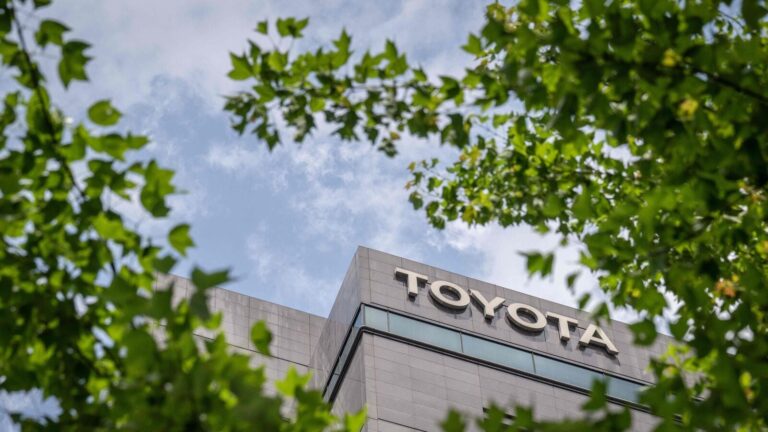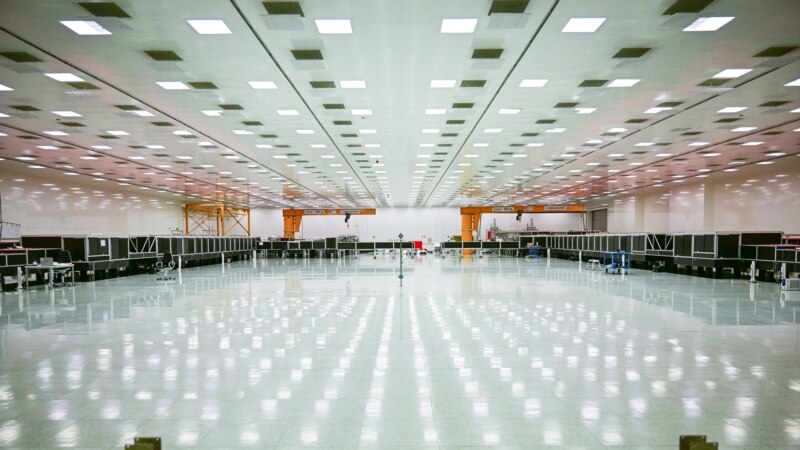
Romanian center explores world’s most powerful laser
By Surja | Published | No Comments
“Are you ready? The signal has been sent!”
In the control room of a research center in Romania, engineer Antonia Toma fired up the world’s most powerful laser, which promises to revolutionize everything from the health sector to space.
The center’s laser, located near Romania’s capital Bucharest, is operated by French company Thales and uses an invention from the Nobel Prize winner.
Gerard Mourou of France and Donna Strickland of Canada win the 2018 Nobel Prize in Physics for harnessing the power of lasers to develop advanced precision instruments in corrective eye surgery and industry prize.
“Sharp laser beams offer us new opportunities to deepen our understanding of the world and to shape it,” said the Nobel Academy’s citation for the award.
At the center, in front of a wall of screens displaying the beams, Toma checked a series of indicators before starting the countdown.
On the other side of the glass, a long row of red and black boxes houses two laser systems.
“I’m not going to lie. Sometimes, things can get a little stressful,” Thoma, 29, told AFP during a recent live media interview.
“But it’s also a great pleasure to work here. When an international team of researchers came to the centre, we were delighted with the results we achieved,” she added.
“An Incredible Odyssey”
Nobel laureate Mourou admitted that he was “very moved” by the “incredible adventure” he had spent over 30 years in the United States to realize the project in Europe.
It was born out of the EU infrastructure ELI project in the 2000s
“We started with a luminous seed of very, very small energy that will be amplified millions of times,” said Muru, 79, who sought to make it known that “a giant step has been taken” to achieve “an extraordinary thing.” strength” .
Scientists have been working hard to create more powerful lasers.
By the mid-1980s, however, they hit a wall because they could not increase power without destroying the amplified beam.
That’s when Muru and his then-student Strickland invented a technique called chirped pulse amplification (CPA) that was able to increase power while keeping intensity safe.
It works by stretching an ultrashort laser pulse in time, amplifying it, and then squeezing it together again to create the shortest, most powerful laser pulse the world has ever seen.
It is already used in corrective eye surgery, but it also opens the way for scientists to continue to push the limits of laser power.
“We will use these ultra-intense pulses to produce more compact and cheaper particle accelerators” to destroy cancer cells, Mourou said.
Laser age
Other possible applications include dealing with nuclear waste by reducing the duration of radioactivity, or cleaning up debris that accumulates in space, he added.
For Mulu, just as the last century was the century of electronics, the 21st century will be the century of lasers.
The research center operates on a dizzying scale.
The system is capable of reaching a peak of 10 petawatts (10 watts to the 15th power) in an ultra-short time on the order of femtoseconds (one millionth of a billionth of a second).
Franck Leibreich, general manager of Thales Laser Solutions, said that “450 tonnes of equipment” (meticulously installed) was required to achieve “excellent performance levels”.
The center’s high-tech buildings cost $350 million and were funded primarily by the European Union.
Thales calls it Romania’s largest ever investment in scientific research.
Meanwhile, countries such as France, China and the United States are already advancing their own projects to build more powerful lasers.
Follow us on Google news ,Twitter , and Join Whatsapp Group of thelocalreport.in






